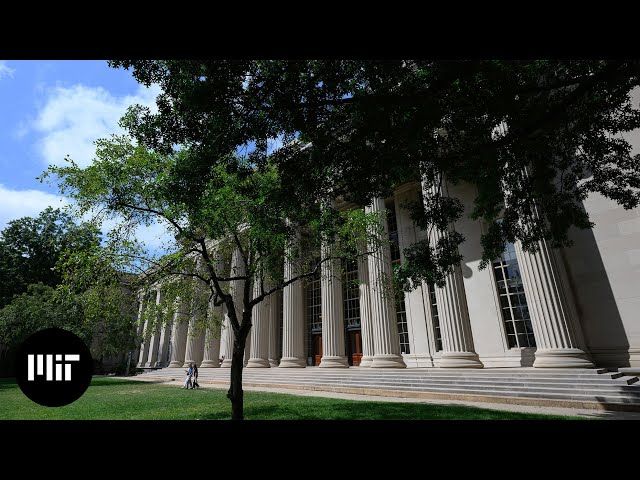
climateproject.mit.edu

youtu.be/r7R8ewU1Wqc?...














news.mit.edu/2025/new-fac...

news.mit.edu/2025/new-fac...


This piece explores fewer opportunities for farmers — and would-be farmers — to own their land.

This piece explores fewer opportunities for farmers — and would-be farmers — to own their land.
news.mit.edu/2025/da...

news.mit.edu/2025/da...
news.mit.edu/2025/3q...

news.mit.edu/2025/3q...
MIT professor Thomas Peacock's research aims to better understand the impact of deep-sea mining.
“The question," he says, " is can it be less impactful to mine from the ocean, rather than from land?”
news.mit.edu/2025/ex...

MIT professor Thomas Peacock's research aims to better understand the impact of deep-sea mining.
“The question," he says, " is can it be less impactful to mine from the ocean, rather than from land?”
news.mit.edu/2025/ex...
Green agriculture news from MIT: Lemna, a genus of small aquatic plants otherwise known as duckweed. MIT spinout Fyto helps farmers grow the plant using wastewater; the Lemna can then be used on farms as a high-protein cattle feed or fertilizer supplement.
Green agriculture news from MIT: Lemna, a genus of small aquatic plants otherwise known as duckweed. MIT spinout Fyto helps farmers grow the plant using wastewater; the Lemna can then be used on farms as a high-protein cattle feed or fertilizer supplement.
How can India decarbonize its coal-dependent electric power system?
A detailed MIT analysis identifies some promising options but also raises unexpected concerns.
news.mit.edu/2025/ho...

How can India decarbonize its coal-dependent electric power system?
A detailed MIT analysis identifies some promising options but also raises unexpected concerns.
news.mit.edu/2025/ho...
youtu.be/r7R8ewU1Wqc?...

youtu.be/r7R8ewU1Wqc?...


